43 kubernetes well known labels
Labels and Selectors | Kubernetes The label selector is the core grouping primitive in Kubernetes. The API currently supports two types of selectors: equality-based and set-based . A label selector can be made of multiple requirements which are comma-separated. In the case of multiple requirements, all must be satisfied so the comma separator acts as a logical AND ( &&) operator. Just-in-Time Kubernetes: Namespaces, Labels, Annotations, and ... - Medium Before we get into app deployments, it's important to talk about Kubernetes Labels and Annotations. Both Labels and Annotations are key-value pairs used to describe an application; however, that's...
Kubernetes: Evenly Distribution of Pods Across Cluster Nodes In order to distribute pods evenly across all cluster worker nodes in an absolute even manner, we can use the well-known node label called kubernetes.io/hostname as a topology domain, which ...
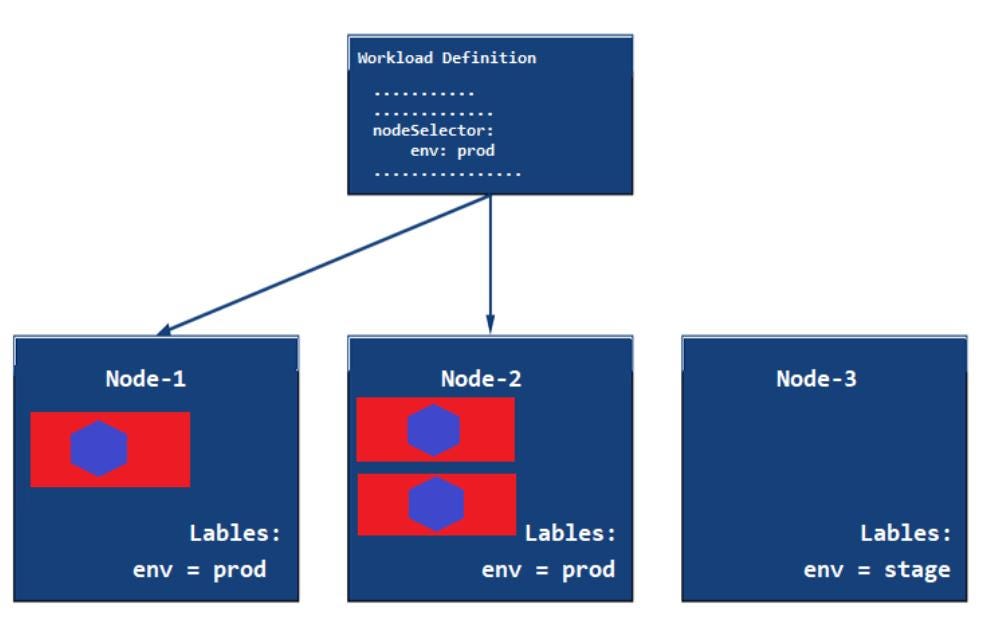
Kubernetes well known labels
Well-Known Labels, Annotations and Taints - Kubernetes Kubernetes reserves all labels and annotations in the kubernetes.io and k8s.io namespaces. This document serves both as a reference to the values and as a ... Blue green with Kubernetes - Tutorials Blue green with Kubernetes¶ Blue-Green is a well known deployment pattern which I will not cover here. The purpose of this course is to deploy a first blue green application. ... In this schema, we see the current stable application inside the blue circle, those pods are exposed through a Kubernetes service with the label selector V1. The ... Pod placement - CAST AI Documentation This guide will show how to place pods in particular node, zone, region, cloud, etc., using labels and advanced Kubernetes scheduling features. Kubernetes supports this by using: Node selector; Node affinity and anti-affinity ... kubernetes.io/arch and beta.kubernetes.io/arch: well-known: Node CPU architecture: amd64: node.kubernetes.io ...
Kubernetes well known labels. Amazon EKS Kubernetes versions - Amazon EKS The Kubernetes project is continually integrating new features, design updates, and bug fixes. The community releases new Kubernetes minor versions, such as 1.23 . New version updates are available on average every three months. Each minor version is supported for approximately twelve months after it's first released. Kubernetes - Wikipedia Labels selectors that are part of the controller's definition specify the set of pods that a controller manages. The controller manager is a process that manages a set of core Kubernetes controllers. Nodes. A node, also known as a worker or a minion, is a machine where containers (workloads) are deployed. Authorize actions in clusters using role-based access control ... Sep 14, 2022 · This page shows you how to authorize actions on resources in your Google Kubernetes Engine (GKE) clusters using the built-in role-based access control (RBAC) mechanism in Kubernetes. RBAC is a core security feature in Kubernetes that lets you create fine-grained permissions to manage what actions users and workloads can perform on resources in ... Etiquetas y Selectores | Kubernetes Las etiquetas son pares de clave/valor que se asocian a los objetos, como los pods. El propósito de las etiquetas es permitir identificar atributos de los objetos que son relevantes y significativos para los usuarios, pero que no tienen significado para el sistema principal. Se puede usar las etiquetas para organizar y seleccionar subconjuntos de objetos. Las etiquetas se pueden asociar a los ...
GitHub - kubernetes/kubernetes: Production-Grade Container ... The Kubernetes Steering community repo is used by the Kubernetes Steering Committee, which oversees governance of the Kubernetes project. Roadmap. The Kubernetes Enhancements repo provides information about Kubernetes releases, as well as feature tracking and backlogs. Well-Known Labels, Annotations and Taints | Kubernetes Well-Known Labels, Annotations and Taints Kubernetes reserves all labels and annotations in the kubernetes.io namespace. This document serves both as a reference to the values and as a coordination point for assigning values. Labels, annotations and taints used on API objects app.kubernetes.io/component How To Use Let's Encrypt on Kubernetes to Automatically ... - Runnablog It can be complicated to set up, but Let's Encrypt helps solve this problem by providing free SSL/TLS certificates and an API to generate these certificates. Kubernetes allows you to define your application runtime, networking, and allows you to define your infrastructure declaratively through code; making it easier to maintain, review, and ... Kubernetes subPath Examples | MountPath vs subPath Explained The official Kubernetes documentation defines this as follows: Sometimes, it is useful to share one volume for multiple uses in a single pod. The volumeMounts.subPath property specifies a sub-path inside the referenced volume instead of its root. The Kubernetes subPath property prevents overwriting of existing data by mounting a single file ...
Document addonmanager.kubernetes.io/mode label #29189 - GitHub added the kind/feature. added language/en needs-triage. After 90d of inactivity, lifecycle/stale is applied. After 30d of inactivity since lifecycle/stale was applied, lifecycle/rotten is applied. After 30d of inactivity since lifecycle/rotten was applied, the issue is closed. Mark this issue or PR as fresh with /remove-lifecycle stale. Pod Topology Spread Constraints - Kubernetes Node labels — Topology spread constraints rely on node labels to identify the ... For brevity, this example doesn't use the well-known label keys ... kubernetes - What is topologyKey in pod affinity? - Stack Overflow 2 Answers Sorted by: 5 A topology Key is effectively just a label that you assign to your nodes or that a cloud provider has already assigned. The intent is to indicate certain topology characteristics, like the availability zone or server rack, for example. But they are actually arbitrary. It is documented here. Overview of Cloud Native Security | Kubernetes Sep 03, 2022 · There are a few automated tools that you can run against your service to try some of the well known service attacks. These include SQL injection, CSRF, and XSS. One of the most popular dynamic analysis tools is the OWASP Zed Attack proxy tool.
Kubernetes Kubernetes, also known as K8s, is an open-source system for automating deployment, scaling, and management of containerized applications.. It groups containers that make up an application into logical units for easy management and discovery.
Well-Known Labels, Annotations and Taints | Kubernetes Kubernetes reserves all labels and annotations in the kubernetes.io namespace. This document describes the well-known kubernetes.io labels and annotations.
Use availability zones in Azure Kubernetes Service (AKS) - Azure ... As documented in Well-Known Labels, Annotations and Taints, Kubernetes uses the topology.kubernetes.io/zone label to automatically distribute pods in a replication controller or service across the different zones available. In order to test this, you can scale up your cluster from 3 to 5 nodes, to verify correct pod spreading:
Labels annotations taints - Unofficial Kubernetes Well-Known Labels, Annotations and Taints; beta.kubernetes.io/arch; beta.kubernetes.io/os; kubernetes.io/hostname; beta.kubernetes.io/instance ...
kubernetes/well_known_labels.go at master · kubernetes/kubernetes LabelInstanceType = "beta.kubernetes.io/instance-type" LabelInstanceTypeStable = "node.kubernetes.io/instance-type" LabelOSStable = "kubernetes.io/os" LabelArchStable = "kubernetes.io/arch" // LabelWindowsBuild is used on Windows nodes to specify the Windows build number starting with v1.17..
Provisioner API | Karpenter Kubernetes defines the following Well-Known Labels, and cloud providers (e.g., AWS) implement them. They are defined at the "spec.requirements" section of the Provisioner API. These well known labels may be specified at the provisioner level, or in a workload definition (e.g., nodeSelector on a pod.spec).
Generation of Kubernetes Well-Known and Recommended labels #1700 - GitHub Recommended Labels; Well-Known Labels, Annotations and Taints; Describe the solution you'd like (High level) Create a New (disableable) Enricher that adds the Recommended K8s labels; Make the existent ProjectLabelEnricher disableable (Describe alternatives you've considered. Fragments. Additional context. No response
Concepts | Karpenter While using Kubernetes well-known labels, the provisioner can set some values that are specific to the cloud provider. So, for example, to include a certain instance type, you could use the Kubernetes label node.kubernetes.io/instance-type, but set its value to an AWS instance type (such as m5.large or m5.2xlarge ). Consolidation
Downward API | Kubernetes A better option would be to use the Pod's name as an identifier, and inject the Pod's name into the well-known environment variable. In Kubernetes, there are two ways to expose Pod and container fields to a running container: as environment variables as files in a downwardAPI volume
Cluster-level Logging in Kubernetes with Fluentd - Medium Here, you'll see a number of logs generated by your Kubernetes applications and Kubernetes system components. A common log document created by Fluentd will contain a log message, the name of the ...
api/well_known_labels.go at master · kubernetes/api · GitHub LabelHostname = "kubernetes.io/hostname" LabelTopologyZone = "topology.kubernetes.io/zone" LabelTopologyRegion = "topology.kubernetes.io/region" // These label have been deprecated since 1.17, but will be supported for // the foreseeable future, to accommodate things like long-lived PVs that // use them.
Recommended Labels | Kubernetes Recommended Labels You can visualize and manage Kubernetes objects with more tools than kubectl and the dashboard. A common set of labels allows tools to work interoperably, describing objects in a common manner that all tools can understand.
Use labels in an Azure Kubernetes Service (AKS) cluster - Azure ... Specify the --node-labels parameter to set your labels. Labels must be a key/value pair and have a valid syntax. Azure CLI az aks create \ --resource-group myResourceGroup \ --name myAKSCluster \ --node-count 2 \ --nodepool-labels dept=IT costcenter=9000 Verify the labels were set by running kubectl get nodes --show-labels. Bash
Best Practices Guide for Kubernetes Labels and Annotations The main advantage of this metadata is that the Kubernetes machinery automatically fills values of the standard labels and annotations. Thus, it is suggested to use the well-known labels and annotations in your daily operations and client tools, such as Helm, Terraform, or kubectl. Use Labels for Release Management
Documentation | Karpenter These can be arbitrary labels you define, Kubernetes well-known labels, or Karpenter labels. Node affinity ( NodeAffinity ): Set nodeAffinity to have the Pod run on nodes that have matching nodeSelectorTerms set or not set. Matching affinity can be a particular operating system or zone.
Clarification of labels, annotations and taints #25860 - GitHub Some of the labels are tagged as "deprecated", but that is not accurate. Some of the labels are already removed. Not all "well-known" labels or annotations are listed. triage/accepted k8s-ci-robot closed this as completed on Jun 4, 2021 Sign up for free to join this conversation on GitHub . Already have an account? Sign in to comment
Assigning Pods to Nodes - Kubernetes 17 Jul 2022 — See Well-Known Labels, Annotations and Taints for a list of common node labels. Note: The value of these labels is cloud provider specific and ...
Pod Topology Spread Constraints - Kubernetes - Wikimedia You can use topology spread constraints to control how Pods The smallest and simplest Kubernetes object. A Pod represents a set of running containers on your cluster. are spread across your cluster among failure-domains such as regions, zones, nodes, and other user-defined topology domains. This can help to achieve high availability as well as efficient resource utilization.
A Beginner's Guide to Kubernetes - Medium A wide range of stable Helm charts for well-known software applications can be found in it's Github repository and also in the central Helm server: Kubeapps Hub. Conclusion
Pod placement - CAST AI Documentation This guide will show how to place pods in particular node, zone, region, cloud, etc., using labels and advanced Kubernetes scheduling features. Kubernetes supports this by using: Node selector; Node affinity and anti-affinity ... kubernetes.io/arch and beta.kubernetes.io/arch: well-known: Node CPU architecture: amd64: node.kubernetes.io ...
Blue green with Kubernetes - Tutorials Blue green with Kubernetes¶ Blue-Green is a well known deployment pattern which I will not cover here. The purpose of this course is to deploy a first blue green application. ... In this schema, we see the current stable application inside the blue circle, those pods are exposed through a Kubernetes service with the label selector V1. The ...
Well-Known Labels, Annotations and Taints - Kubernetes Kubernetes reserves all labels and annotations in the kubernetes.io and k8s.io namespaces. This document serves both as a reference to the values and as a ...





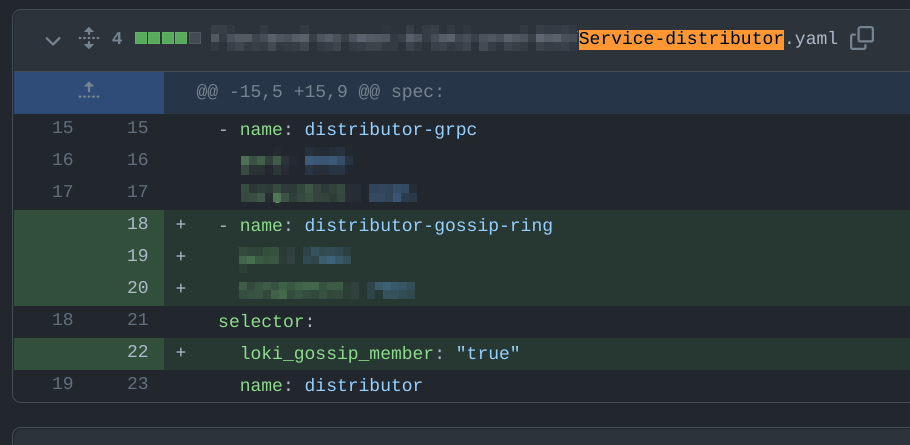



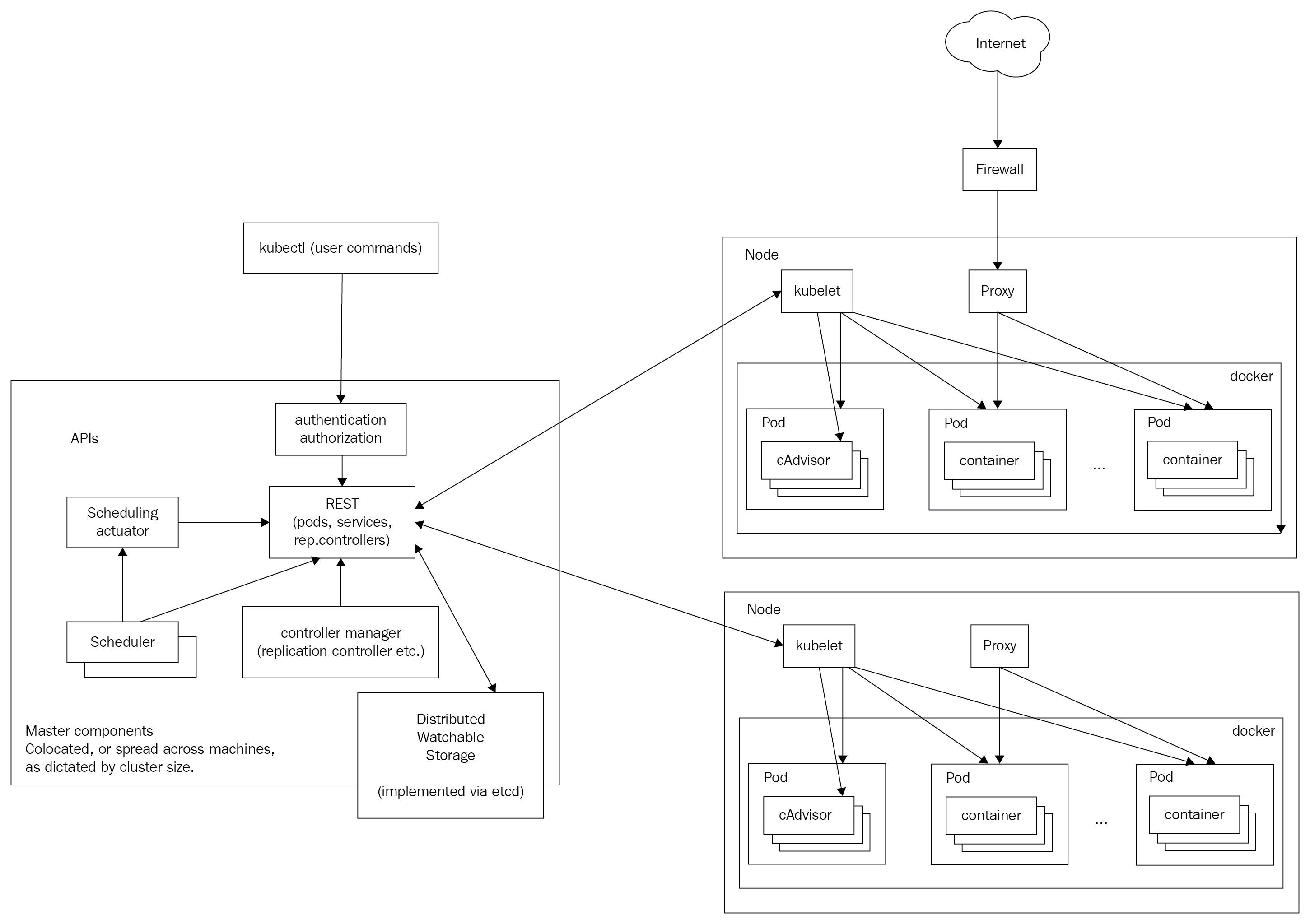


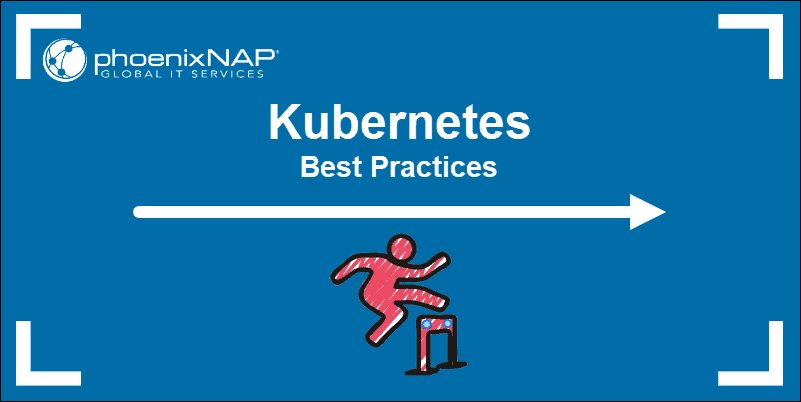
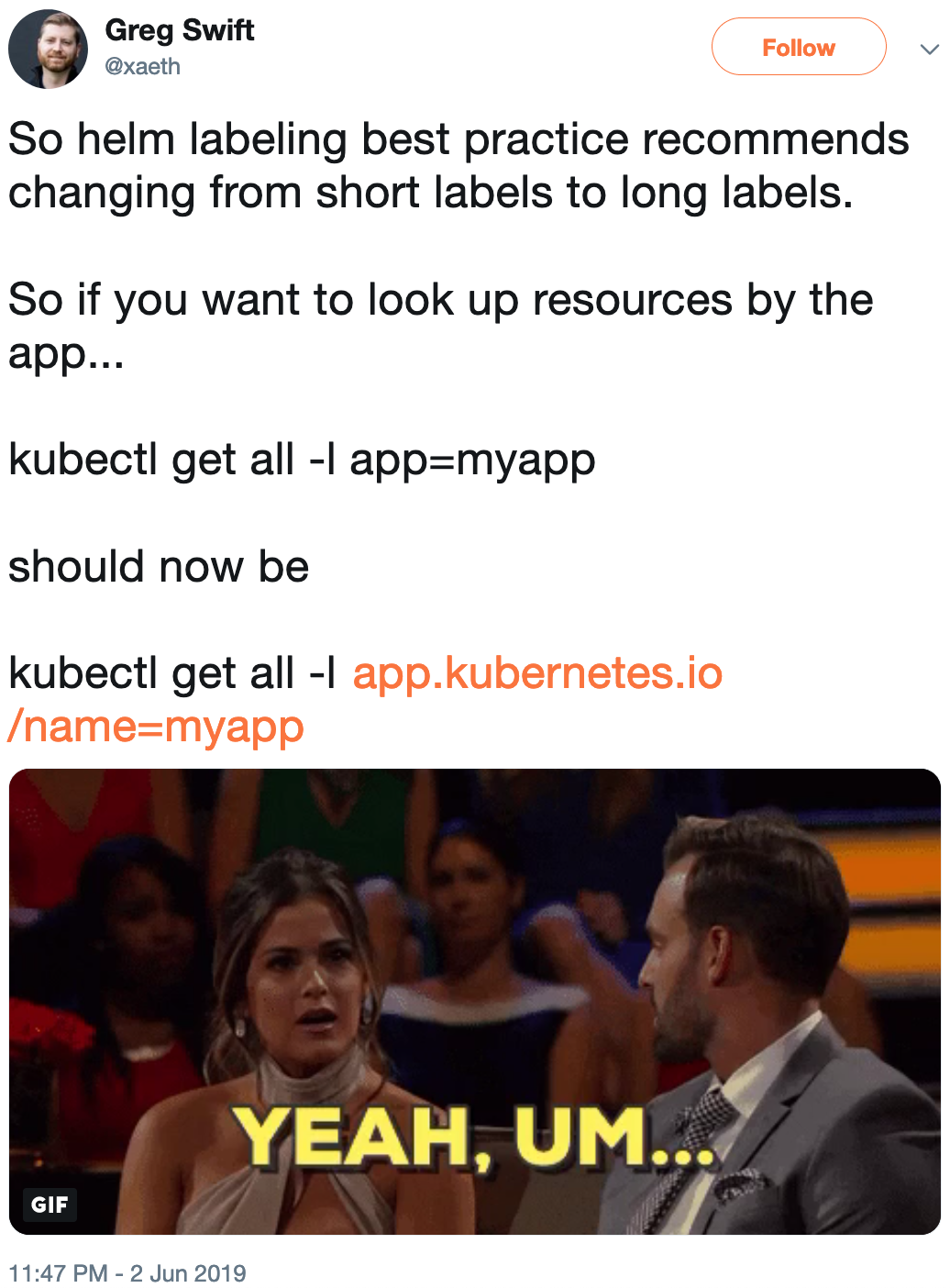
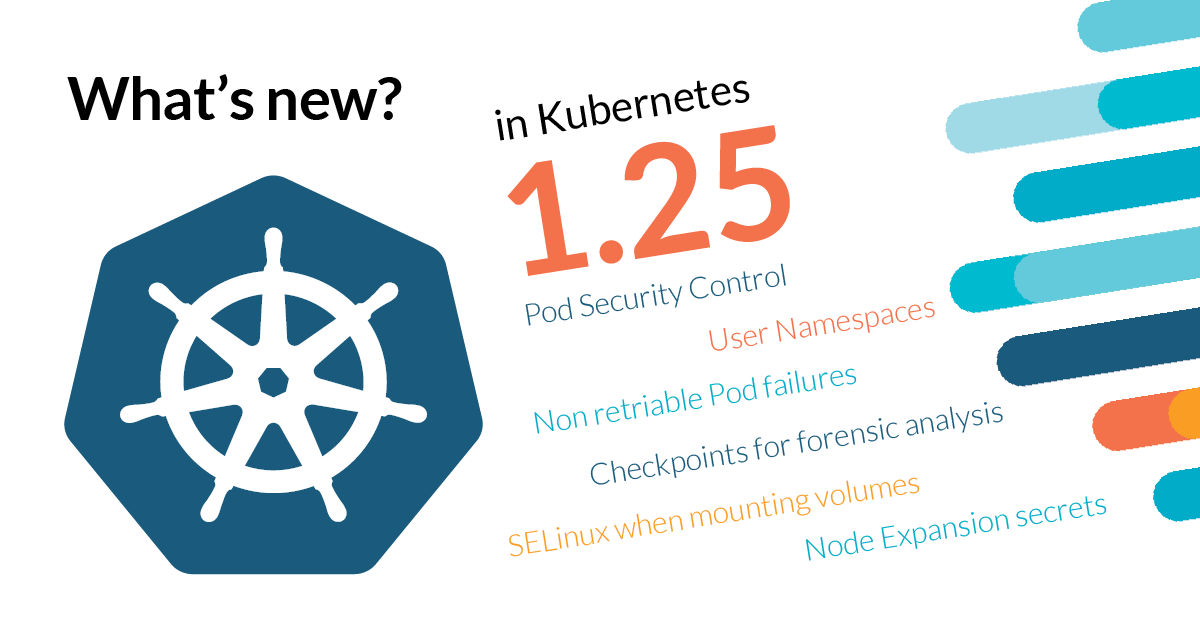
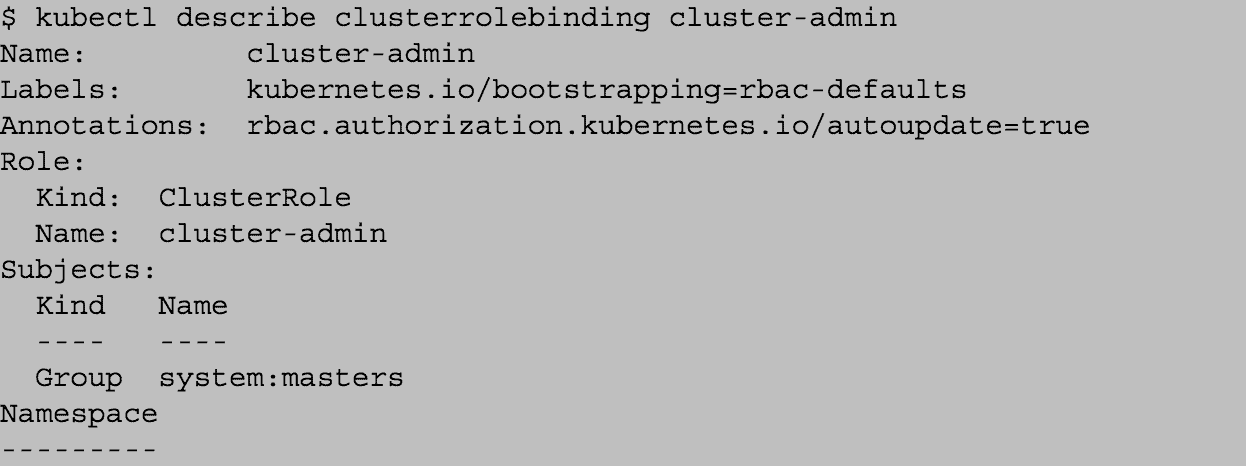
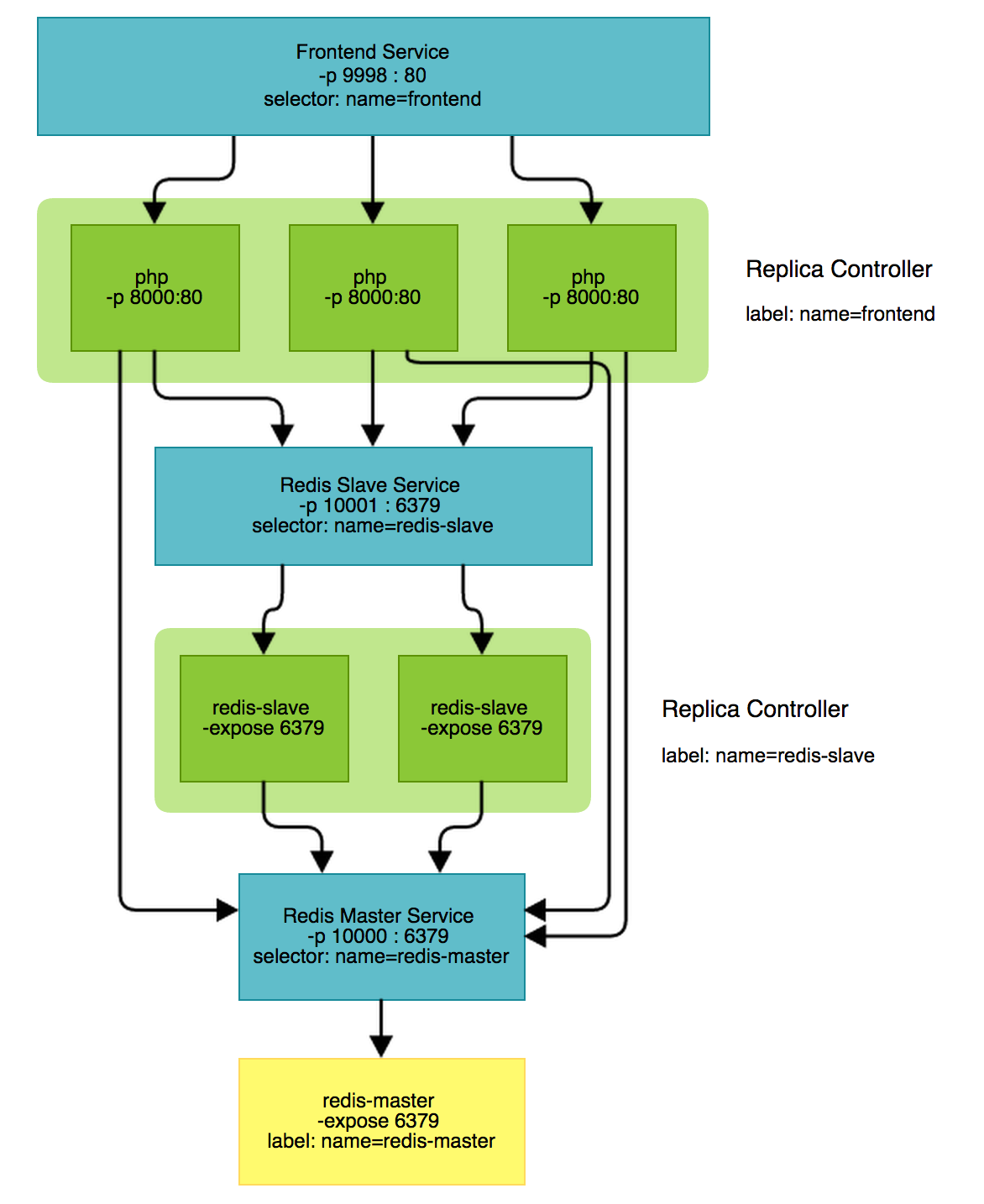


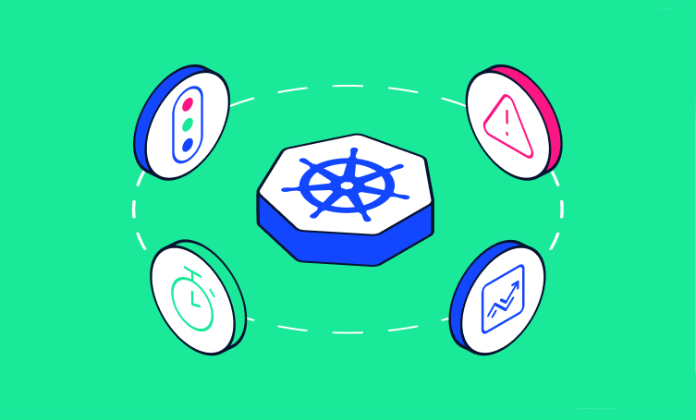

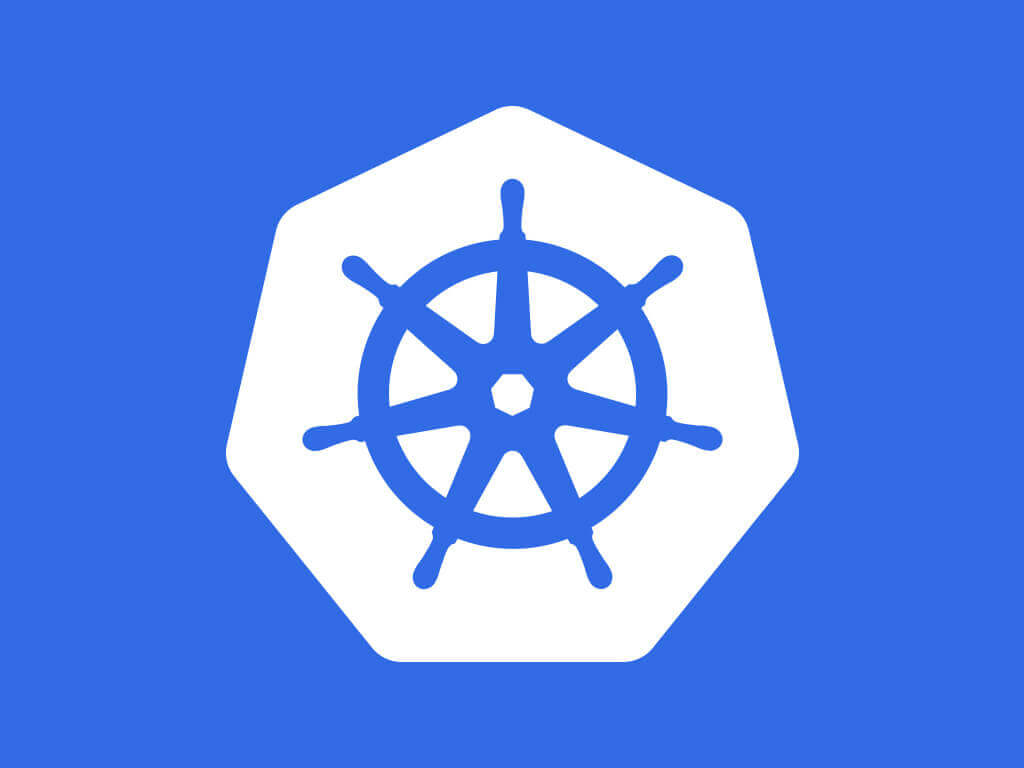




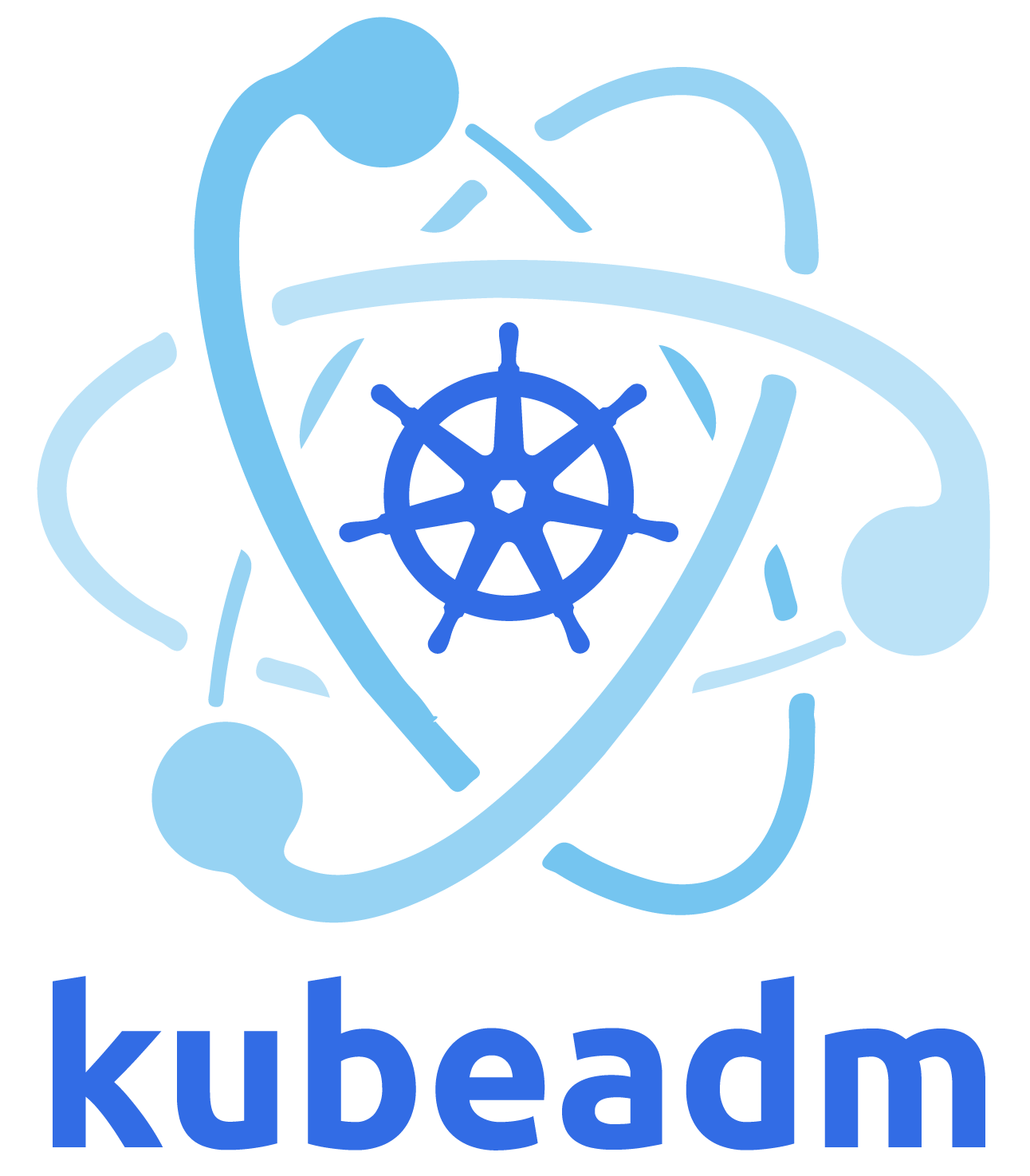

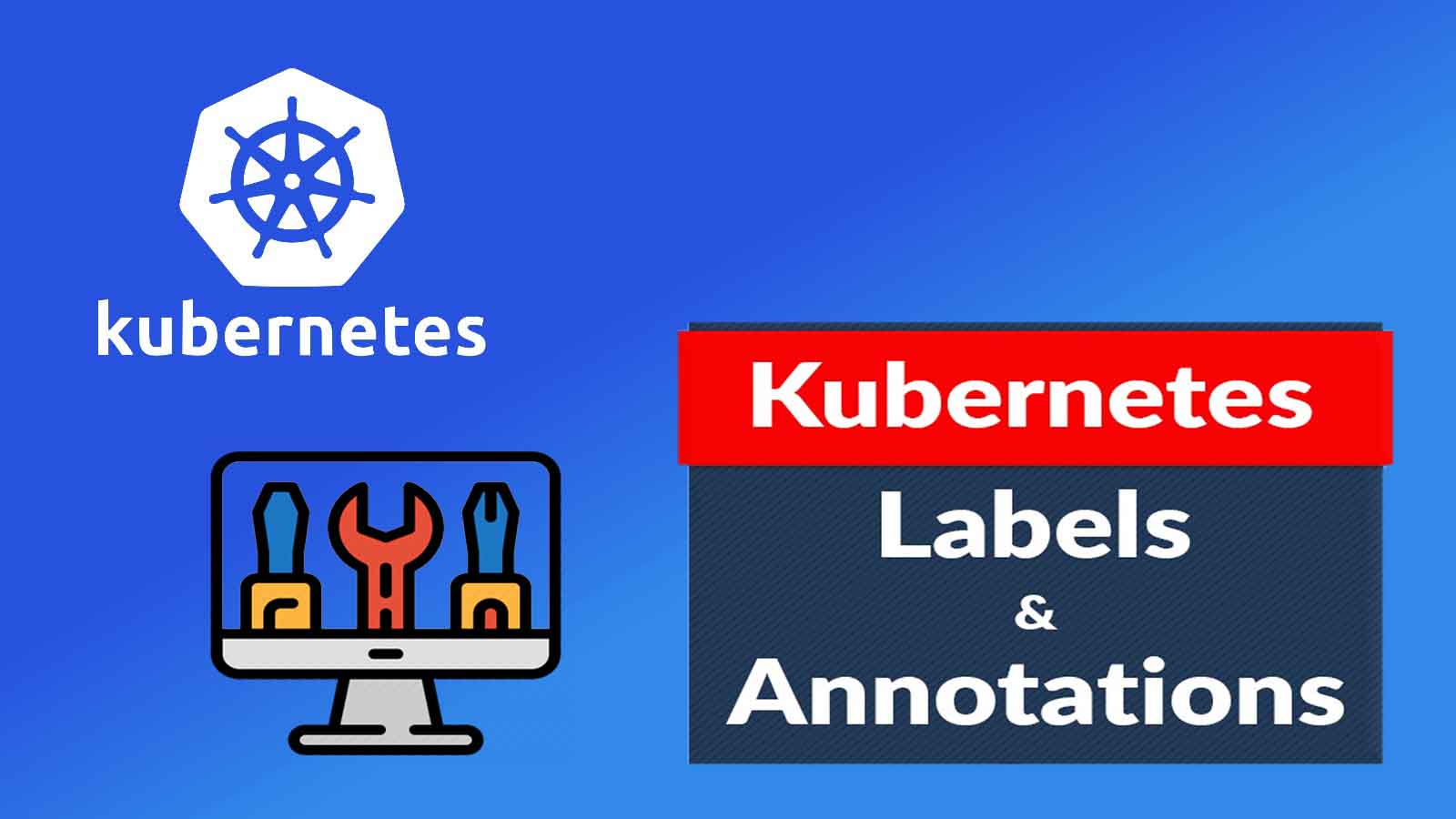
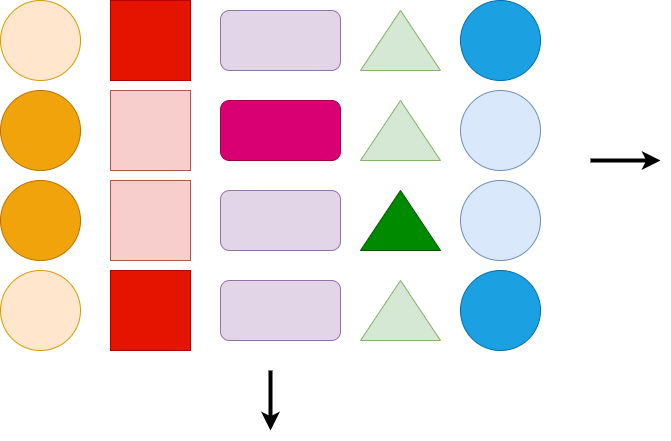
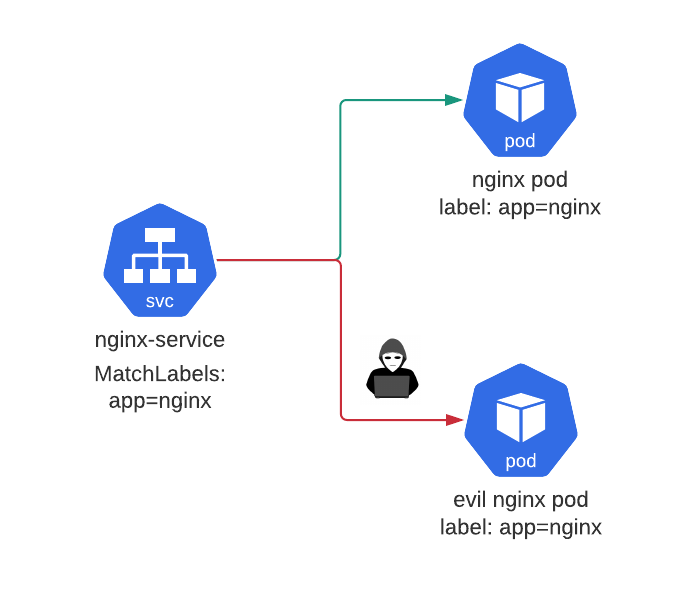
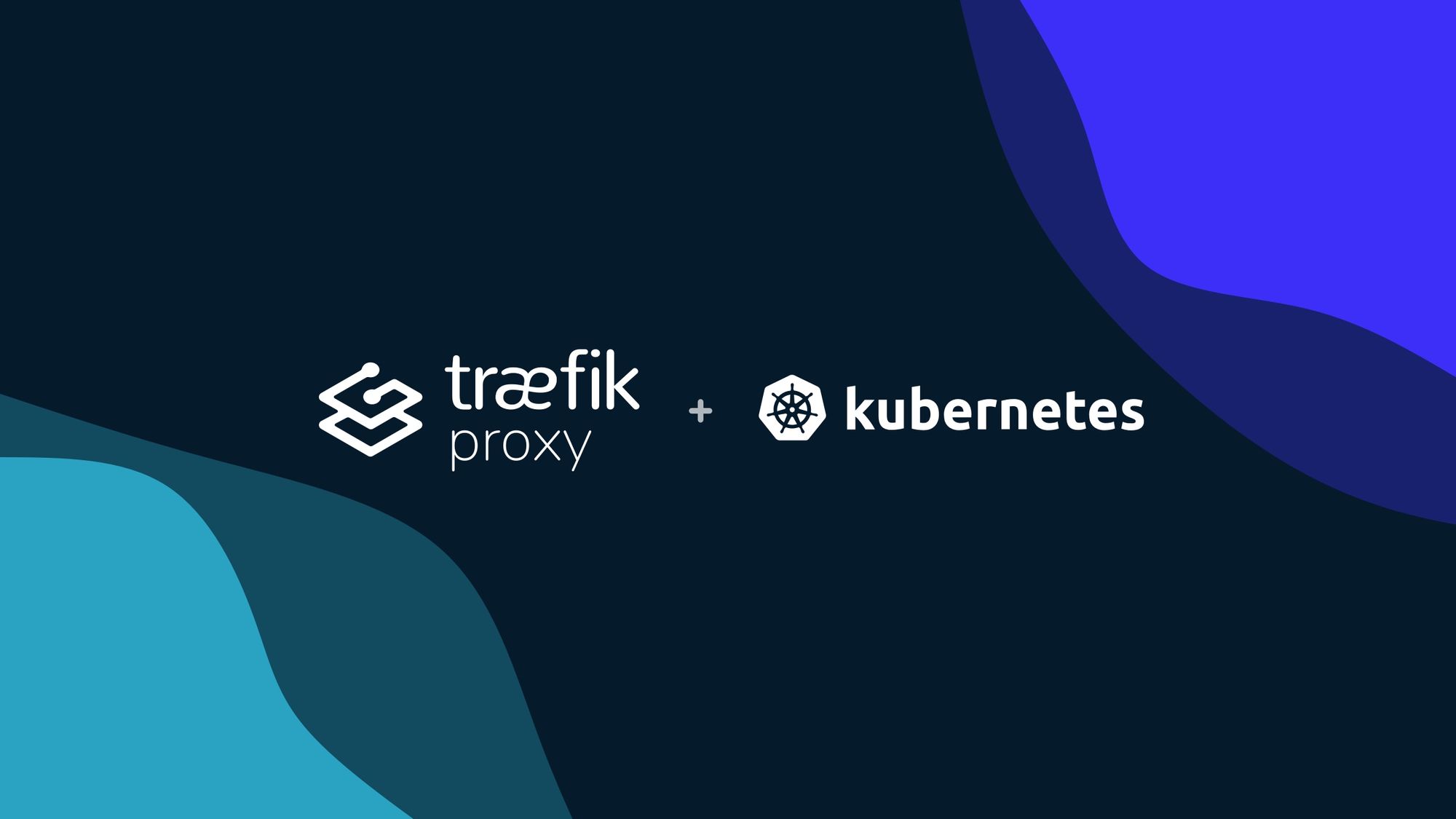
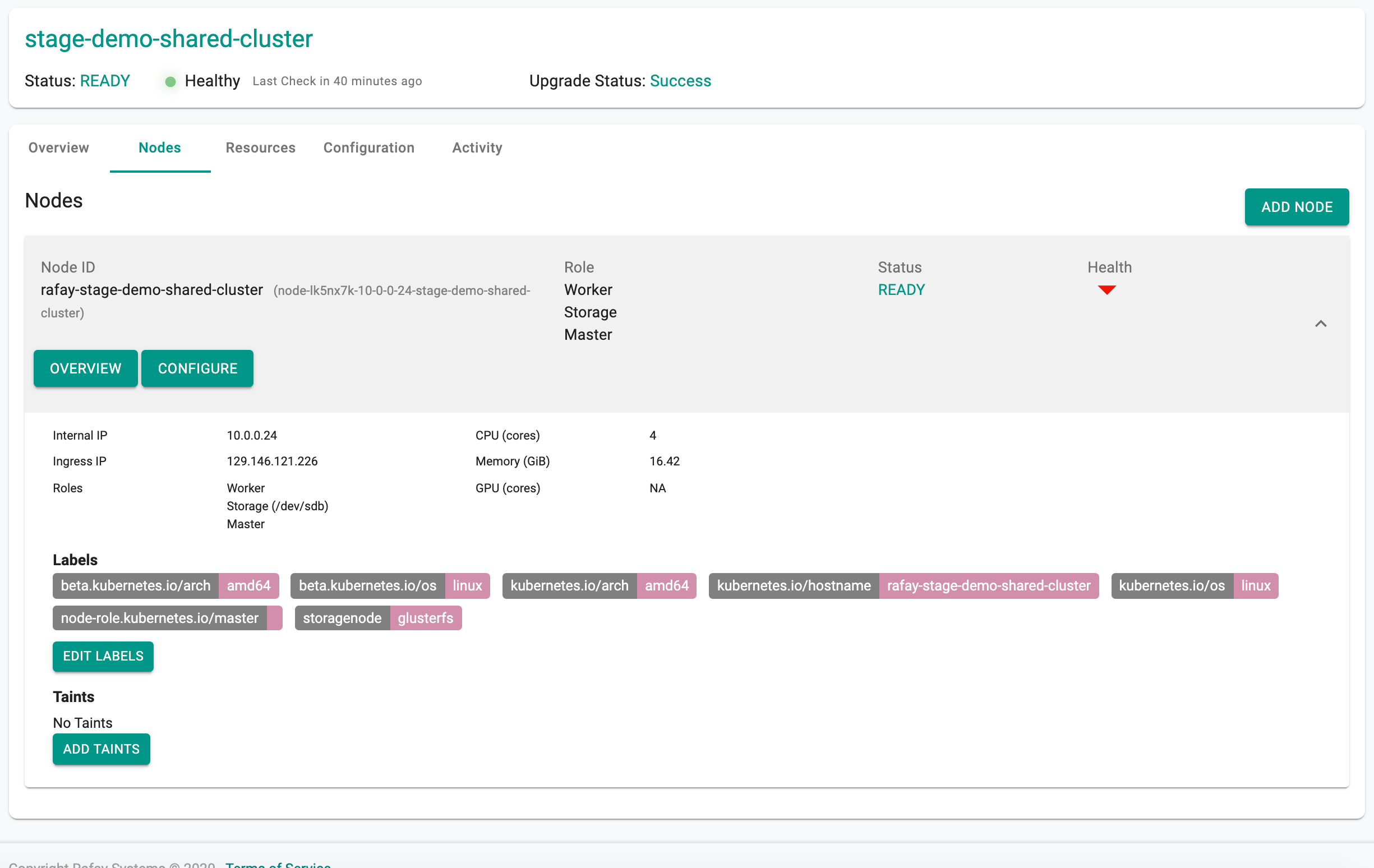
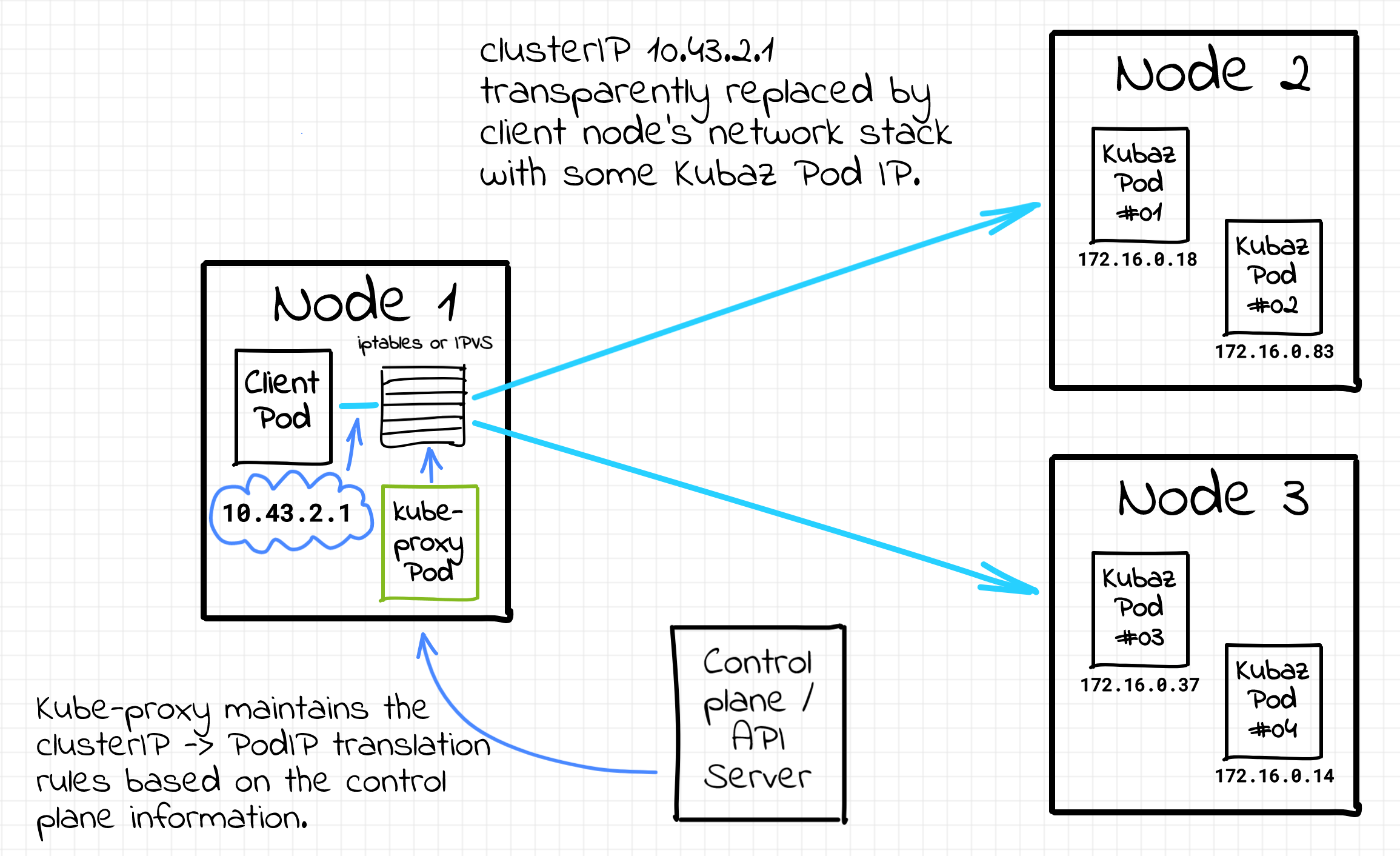




Post a Comment for "43 kubernetes well known labels"